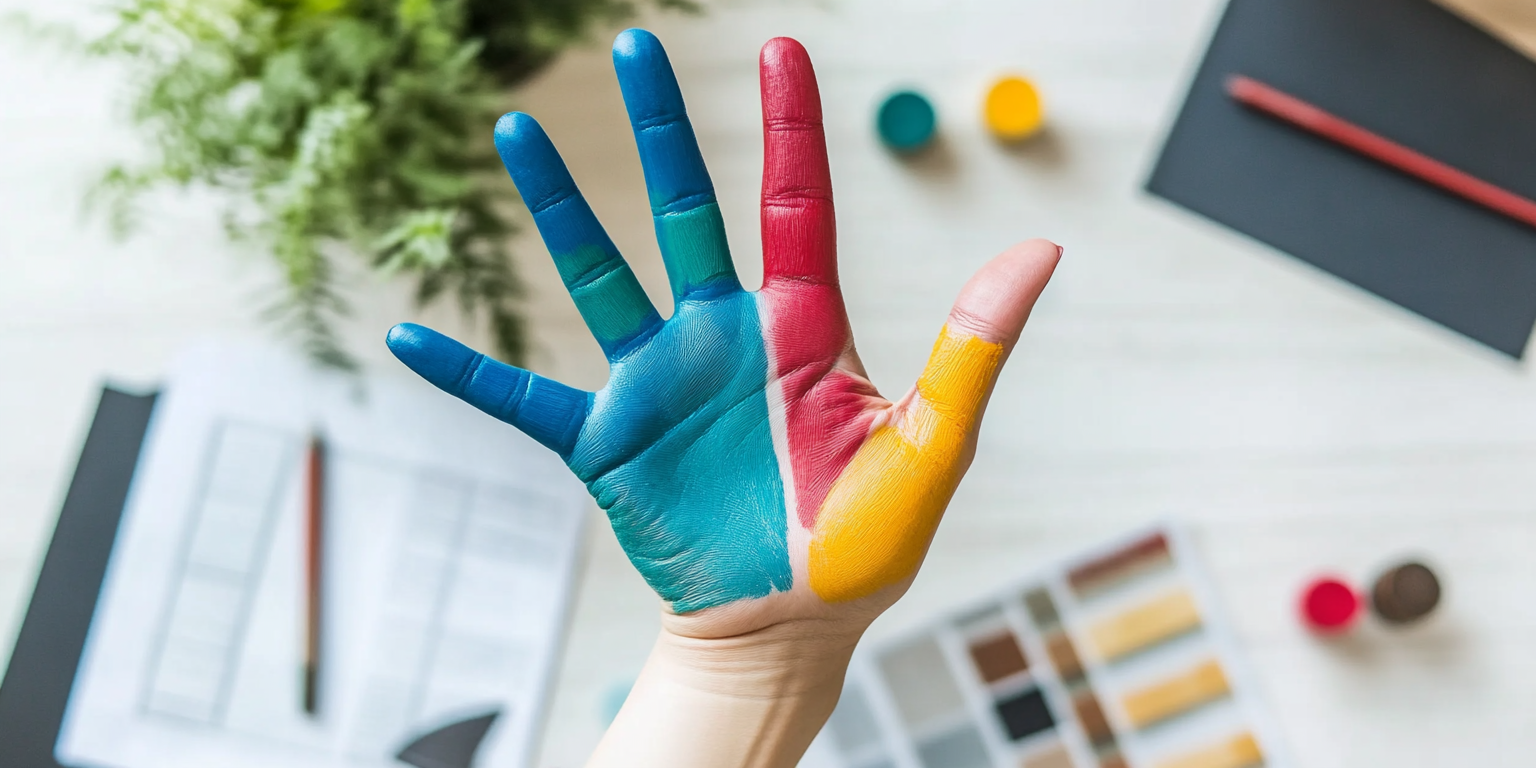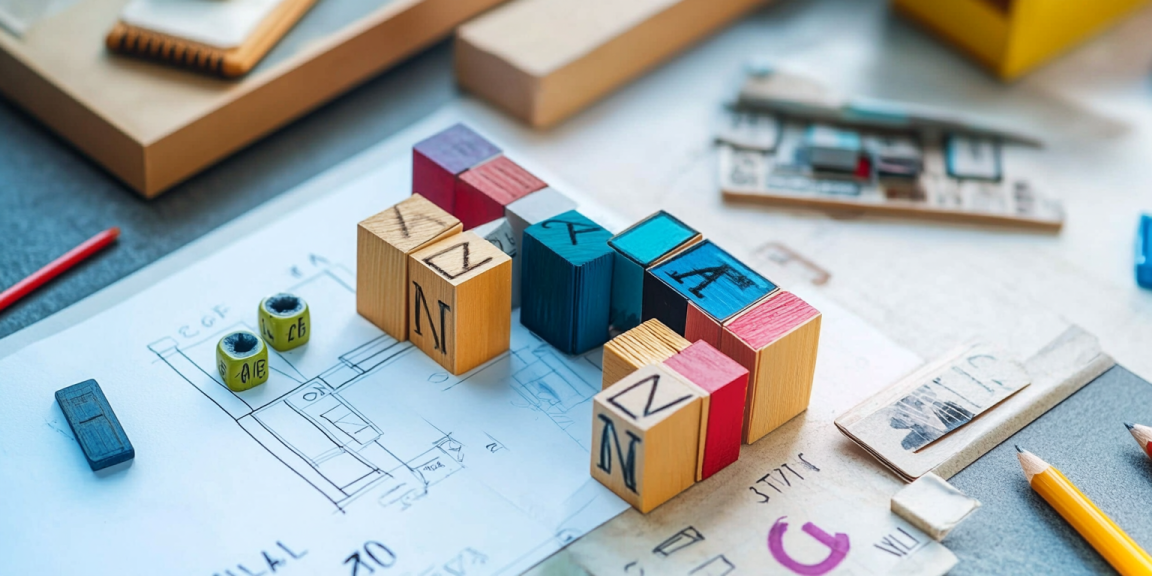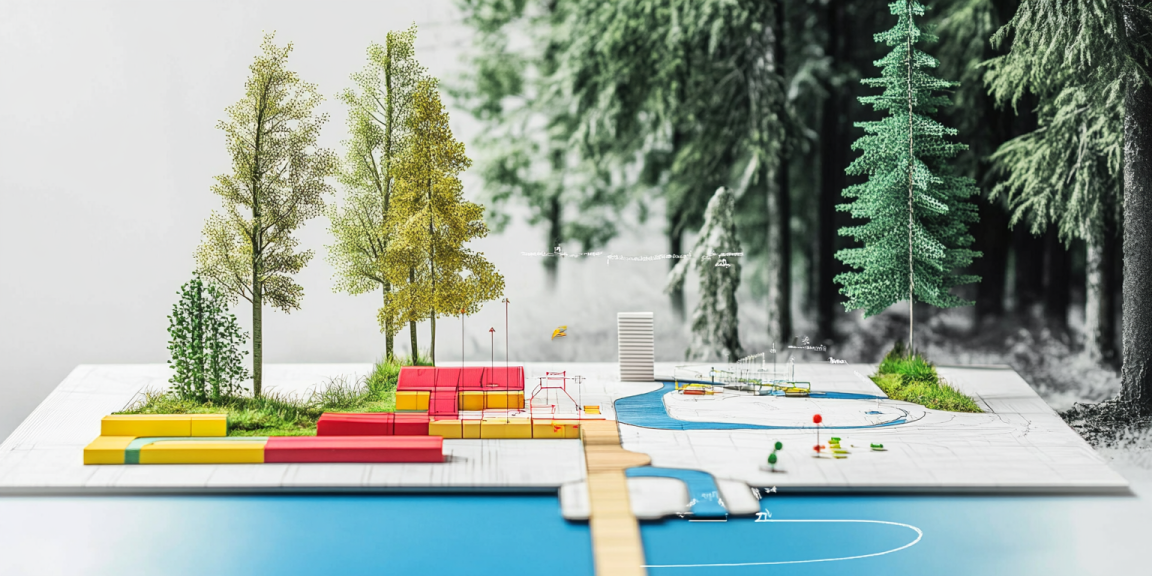As technology continues to evolve, the boundaries of user experience (UX) design are being pushed…

Color is a powerful tool in design, branding, and marketing. It can evoke emotions, influence decision-making, and shape customer perceptions of a product or service. Among all colors, blue consistently ranks as a favorite across cultures and demographics, especially in design and branding. Why is this color so universally appealing, and how can businesses leverage its power effectively?
This blog explores the psychology behind the preference for blue, its significance in design, and how brands can harness its strengths to connect with their audience and drive results.
The Psychology of Blue
Blue is more than just a color; it’s a psychological and emotional signal. From calming seascapes to the vast expanse of the sky, blue is deeply embedded in our experiences and memories. Here’s why people are drawn to it:
1. Symbol of Trust and Security
Blue is often associated with dependability and stability. This makes it a favorite among industries like finance, healthcare, and technology, where trust is paramount.
2. A Calming Influence
Studies show that blue has a calming effect, reducing stress and promoting feelings of peace. It’s commonly used in environments where relaxation or focus is desired, such as spas, offices, and meditation apps.
3. Universally Loved
Across cultures, blue is one of the least polarizing colors. While some colors might evoke strong positive or negative reactions based on personal or cultural contexts, blue remains widely favored.
4. Perception of Professionalism
Blue conveys a sense of competence and authority. This is why corporate brands often incorporate blue into their logos, websites, and marketing materials.
Blue in Branding: A Trusted Ally
Many successful companies have embraced blue as a central color in their branding. From social media giants to financial institutions, blue sends a clear message of trust, reliability, and innovation.
Examples of Blue in Iconic Brands
- Facebook and Twitter: Social media platforms use blue to foster feelings of connection and trust.
- IBM: Known as “Big Blue,” IBM’s brand identity revolves around professionalism and reliability.
- Visa and PayPal: Financial services use blue to convey security and dependability.
Why Blue Works in Design
Design isn’t just about making things look good—it’s about creating experiences. Blue’s versatility makes it a staple in many design strategies. Here’s why it works so well:
1. Versatile and Adaptable
Blue comes in a wide range of shades, each evoking a different emotion:
- Light Blue: Tranquility, openness, and freshness.
- Dark Blue: Authority, professionalism, and reliability.
- Aqua or Teal: Creativity, innovation, and vibrancy.
2. Complements Other Colors
Blue pairs beautifully with other colors, creating harmony or contrast as needed. For example:
- Blue and white for a clean, minimalist look.
- Blue and yellow for energy and optimism.
- Blue and gray for a sophisticated, modern aesthetic.
3. Works Well in Digital Design
Digital interfaces, from websites to apps, frequently use blue because it’s easy on the eyes and fosters a sense of familiarity and trust.
Cultural Perceptions of Blue
While blue is universally liked, its meanings can vary slightly across cultures:
- Western Cultures: Blue represents trust, stability, and calmness.
- Eastern Cultures: In countries like China, blue is linked to immortality and healing.
- Middle East: Blue is associated with protection against evil spirits.
- India: Blue is a sacred color, symbolizing divinity and courage.
Understanding these cultural nuances is essential for global brands to use blue effectively.
Trends in Using Blue in Design
As design evolves, so do the ways designers incorporate blue into their work. Here are some of the latest trends:
1. Gradients and Blends
Gradients featuring shades of blue add depth and visual interest to designs. Popular combinations include blue with purple or green for a futuristic feel.
2. Minimalist Blue Themes
Blue is frequently used in minimalist designs to convey clarity and simplicity. A monochromatic blue palette can make a bold statement.
3. Textured Blues
Using textures like water, denim, or sky patterns in blue adds richness and dimension to a design.
4. Interactive Blue Elements
In digital design, blue is often used for clickable elements like links and buttons due to its association with action and trust.
How Businesses Can Leverage Blue
1. Identify Your Brand’s Core Values
If your brand emphasizes trust, reliability, or innovation, blue is an excellent choice. However, ensure it aligns with your overall brand identity and messaging.
2. Choose the Right Shade
Each shade of blue evokes a different emotion. Light blue might be ideal for wellness brands, while dark blue suits corporate or financial services.
3. Pair Blue Strategically
Balance blue with complementary colors to avoid monotony. For instance, adding pops of orange or yellow can inject energy into a predominantly blue design.
4. Test and Iterate
Before finalizing your design, test it with your target audience to ensure it resonates and communicates your intended message effectively.
Challenges of Using Blue in Design
While blue is a safe choice, it’s not without challenges:
- Overuse: Because blue is so popular, overusing it can make your brand blend in rather than stand out.
- Emotional Disconnect: In some contexts, blue might feel too cold or impersonal. Pairing it with warmer colors can mitigate this.
- Cultural Missteps: Misinterpreting cultural associations with blue could lead to unintended messages.
Blue Beyond Design: Everyday Influences
Blue’s influence isn’t limited to design. It impacts our lives in subtle ways:
- Healthcare: Blue scrubs are used because the color is calming and contrasts well with the human body.
- Fashion: Blue jeans are a universal wardrobe staple, representing comfort and durability.
- Sports: Teams often choose blue to symbolize strength and unity.
Conclusion
Blue is more than a color; it’s a universal language of trust, calm, and creativity. Its versatility and timeless appeal make it a cornerstone of effective design. Whether you’re creating a logo, a website, or a marketing campaign, understanding the psychology and cultural significance of blue can elevate your work and help you connect with your audience on a deeper level.
By strategically incorporating blue into your designs, you can craft visuals that not only look great but also communicate your brand’s values and inspire customer loyalty. Whether you opt for a soothing sky blue or a commanding navy, this color holds immense potential to transform your design projects.



